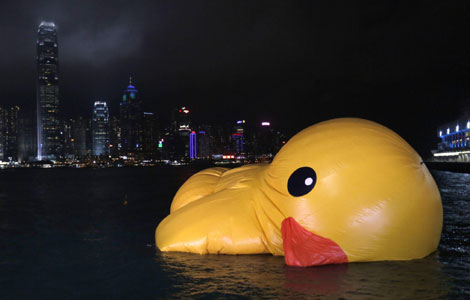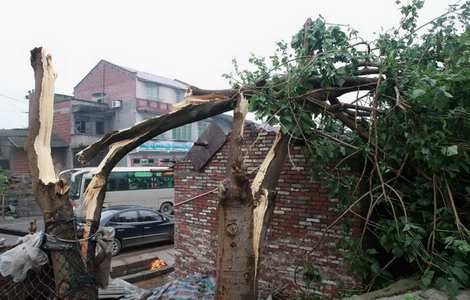
The 324 pollution-prevention projects along the eastern route of the South-to-North Water Diversion Program in Shandong province have been completed and started operating at the end of January to ensure that clean water can be transferred on time, a local senior official said.
"The pollution-treatment projects, with a total investment of 9.36 billion yuan ($1.49 billion), are playing an important role to improve the water quality in the eastern route's trunk canals," Zhang Bo, head of Shandong's Environmental Protection Department, told China Daily on Monday.
The South-to-North Water Diversion Program - the largest of its kind in the world - is designed to take water from the Yangtze River in the south, through eastern, middle and western routes, to meet demand in drought-prone cities in the northern regions of China.
By the third quarter of this year, the first phase of the program's eastern route will transfer water from Jiangdu, Jiangsu province, on the Yangtze River into Shandong province along the Beijing-Hangzhou Grand Canal.
"Shandong has made obvious progress on pollution control of the rivers and watersheds along the eastern route, which are the key to the success of the massive water diversion program," Zhang said.
According to him, tests early this month found that the water quality of all the nine sections in the province along the eastern route's trunk canals increased to Grade III - the minimum standard for drinking water after treatment. Meanwhile, all of the 19 monitored cross sections along the route met mandatory water quality standards.
The 59 rivers, which were once known for severe pollution, are now clean enough to have edible fish.
"We have established a comprehensive pollution-control system that combines pollution management, wastewater recycling and biological environmental protection," Zhang said.
The province built 90 sewage treatment plants by the end of 2012 that can handle 90.4 percent of the sewage produced in urban areas.
A total of 9,733 hectares of artificial wetland have been built and 10,867 hectares of natural wetland have been restored along the eastern route in the province.







